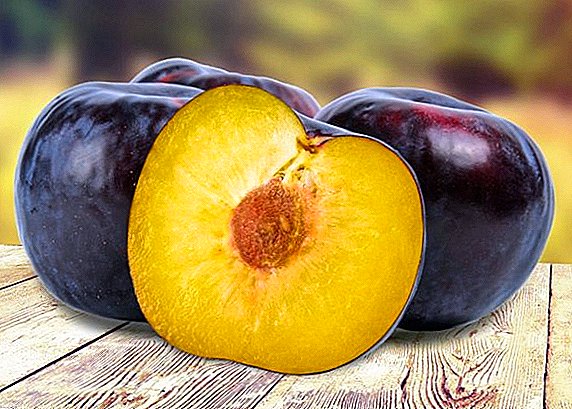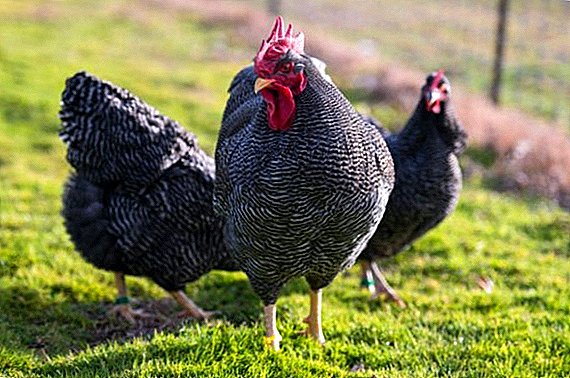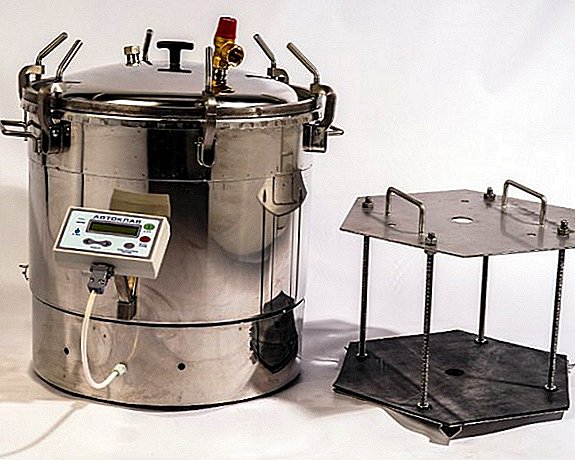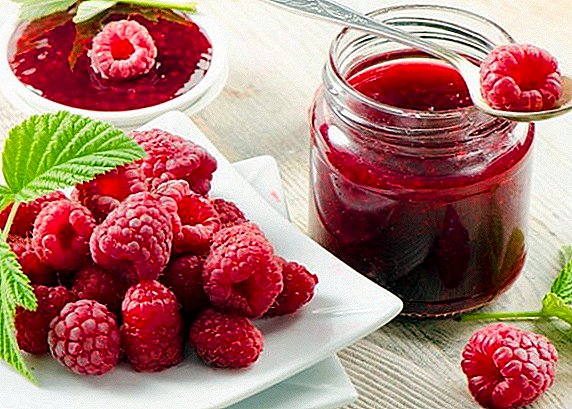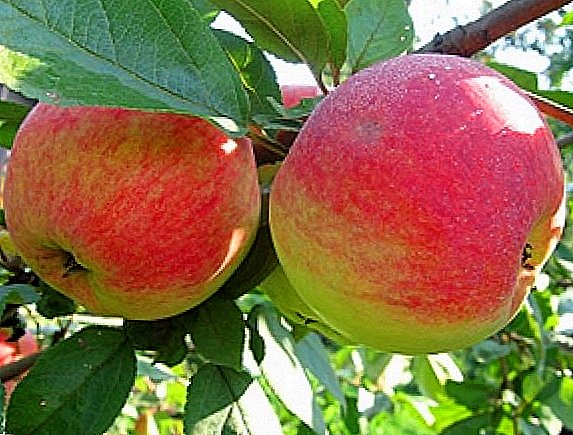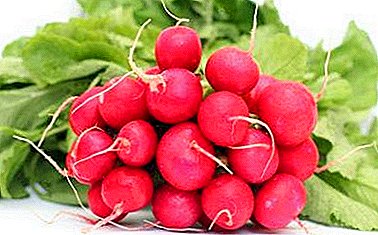
Radish has long been firmly established in our lives and has taken pride of place in our diet due to its store of vitamins and trace elements. It was brought to Russia about three hundred years ago by the ruler-innovator Peter the First, and since then it appears on the tables of the Russians every summer. The article will tell you how many calories (kcal) are contained in 1 pc and 100 grams of fresh, pickled and roasted root vegetables, which vitamins are in one radish and whether there is any benefit from it or harm to human health.
Why is it important to know the composition of radish?
Radish has become a familiar product and one of the favorite vegetables of the people of Russia. In the period of its maturation in the middle lane - that is, in the summer - it appears in large quantities on the shelves of markets and shops, as well as in garden beds. During this period, it becomes part of salads and other dishes, or just a useful snack.
Due to the fact that radish contains mustard oil, it has a tart bitter-tart tastewhich is able to diversify any dish.
However, not only mustard oil is part of radish. It is also a whole range of vitamins and minerals.
It is necessary to know the composition of radish, because it is a fairly common and relatively inexpensive product that can afford to get to your table each. But can everyone use it? Does it contain substances that are contraindicated in a particular disease? Maybe the substances in the composition of radish on the contrary can help with any ailment?
Finally, knowledge of the composition of an edible product is always an indicator of a high food culture and conscious concern for their health, because we are what we eat. Next, we will understand whether the radishes are calories and what is its chemical composition.
Chemical composition and nutritional value (KBMU)
The table shows the caloric content of fresh, pickled and fried radish (per root, 100 and 10 grams), as well as how much BJU (proteins, fats and carbohydrates) contains.
| Calorie (per 100 g) | BZHU (per 100 g) | Calorie content (per 1 pc (10 gr)) | BZHU (1 pc) | |
| Fresh radish | 19 kcal | 1,2/0,1/3,4 | 1.9 kcal | 0,12/0,01/0,34 |
| Marinated | 22 kcal | 1/0,5/4 | 2.2 kcal | 0,1/0,05/0,4 |
| Fried in butter | 185 kcal | 2,1/3,4/4,8 | 18.5 kcal | 0,21/0,34/0,48 |
Radish is an indispensable product for those who are struggling with excess weight. Due to the low calorie content and high content of fiber and vegetable protein, it can become a component of any diet, while there will be practically no harm from it, and the health benefits are enormous.
 Radish can be consumed fresh, 3-5 pieces per day, as a snack, which:
Radish can be consumed fresh, 3-5 pieces per day, as a snack, which:- well interrupt the appetite;
- accelerate the metabolic process;
- and will not deliver excess calories into the body.
Also, fresh radish can be chopped up and added to salads as an ingredient that will add a bitter-sharp note and thereby add spice.
- Exists another popular way to cook radish is pickling. Marinated radish is quite popular among gourmets due to its delicate spicy taste, exquisite aroma, and also due to its interesting appearance - delicate pink slices will decorate any dish.
It is especially well combined with meat dishes. Another advantage is that the pickled radish can be stored in the refrigerator for a long time.
- Radish fried in butter - Another way to cook this vegetable. The method is rather unusual, but is simple to prepare. Like any product fried in butter, radish is much more nutritious than fresh, but it gives a feeling of satiety for a long time.
Fried radish will be a good side dish for meat or poultry, and also perfectly complement pilaf. However, those who are on a diet, it is recommended to use in strictly limited quantities.
In the table below we consider which vitamins, micro and macro elements contains radish.
| Vitamins (per 100 g) | Trace elements | Macronutrients |
|
|
|
Radish is a reliable supplier of vitamins, micro and macronutrients for our body.
 The structure of this vegetable includes:
The structure of this vegetable includes:
- Vitamins of groups A, B, C and K. The content of vitamin C (ascorbic acid) in radish is especially high.
- As for trace elements, radishes are not very rich in them. Trace elements - such substances that are necessary for the human body only in trace amounts (less than 100 mg per day). Among such elements, radish contains only iron (Fe) and fluorine (F). The latter plays an important role in the formation of bone tissue, strengthening nails and teeth.
- Macroelements should be ingested in larger quantities (more than 100 mg per day). These include radishes:
- potassium (K);
- calcium (Ca);
- phosphorus (P);
- sodium (Na) and magnesium (Mg).
Total - 8 mg.
Benefit and harm
Radish not only helps to fight obesity, speeds up metabolism and provides the body with the necessary vitamins, micro-and macronutrients. It also has the following effects:
- increases the appetite (due to the content of mustard oil), so it is good to use it as an aperitif;
- possesses diuretic property due to the high content of water in the composition;
- stimulates an increase in the production of gastric juice;
- has a choleretic property;
- cleans the intestines;
- lowers blood sugar and cholesterol levels.
However, some of these beneficial properties can be harmful if used improperly. For example, many are interested in the question whether it is possible to eat radishes on a diet for weight loss, given its low calorie content. For those who want to lose weight, the property of radish to cause appetite can play a bad joke, so they should consume radish only as part of other dishes.
Contraindications for use
Due to some of the effects that radishes have on the body, it can be harmful.
- The increased secretion of gastric juice makes undesirable large consumption of radishes to those who suffer from diseases of the stomach and duodenum.
- Irritation of the stomach can also be triggered by a high content of essential oils in radish roots.
- Also, cyanogenic glycosides in the composition of this vegetable can lead to disruptions in the thyroid gland. Those who have problems with the endocrine system, it is better to limit the consumption of radishes.
- With a low blood sugar level, it is also undesirable to consume this vegetable in large quantities.
In conclusion, it should be noted once again that radish is a real treasure for those who lead a healthy lifestyle and adhere to a healthy diet. Due to the low calorie content and high content of vitamins, micro and macro elements, radish can be safely added to your diet. However, it should be handled with care by those people who have problems with the gastrointestinal tracts and the endocrine system.


 Radish can be consumed fresh, 3-5 pieces per day, as a snack, which:
Radish can be consumed fresh, 3-5 pieces per day, as a snack, which: